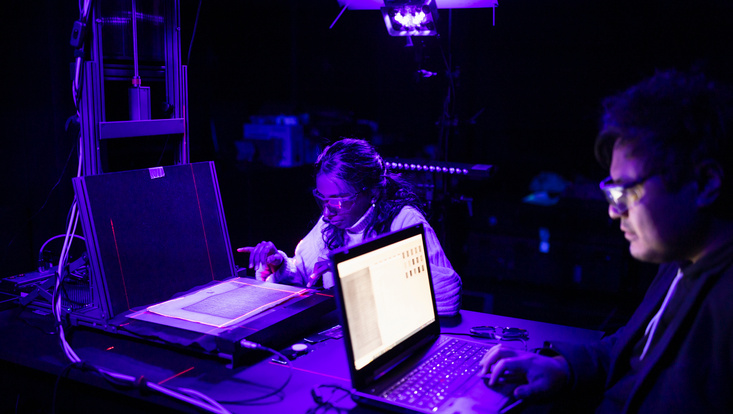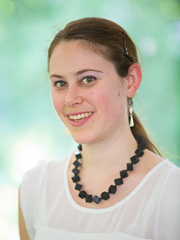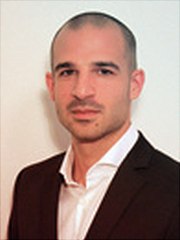Mobile Lab

Esfandiari/UHH
The Mobile Lab was established in 2012 and has continually been growing. Besides Western Europe, it has operated in Nepal, Ethiopia, and other regions, bringing its expertise in non-destructive material analyses to the places where the artefacts are kept without exposing them to the hazards of transportation. Its instrumentation is continually updated and improved with the goal to expand not only the range of portable equipment but also of methodologies.
Our Written Artefact Profiling Guide introduces the scientific methods and analytical tools available at the Mobile Lab for the study of materials used to produce written artefacts.
Requests for cooperation should be addressed to Claudia Colini or Sebastian Bosch.
Case Studies
We often encounter written artefacts whose central feature we cannot see: the content. There may be various reasons for this. Writing materials were often scarce and expensive, so discarded manuscripts were commonly reused by first erasing and then overwriting the content they initially contained. We know such ‘palimpsests’ from numerous manuscript cultures. In other cases, earlier writing was not replaced by new writing, but has faded, been damaged, or deliberately removed. Moreover, there are also written artefacts that we will never see with the naked eye because, like many cuneiform tablets from ancient Mesopotamia, they are hidden in envelopes that we cannot open.
In all these cases, researchers have the desire to make the invisible visible, that is, read the hidden texts. In the past, chemical reagents were sometimes used on palimpsests that permanently damaged the objects or the envelopes of clay tablets were cracked open – practices that have been abandoned for ethical reasons. Thanks to rapid technical progress in the field of modern imaging techniques, artificial intelligence, and X-ray tomography and fluorescence spectroscopy, it is nevertheless possible today to reveal the secret of numerous written artefacts using non-invasive methods. This way, researchers can recover texts that have not been read for decades, centuries, or even millennia.
Contact

Professor Dr Claudia Colini
University of Hamburg
Centre for the Study of Manuscript Cultures (CSMC)
Warburgstraße 28
20354 Hamburg
Office
Room: 1005
Contact
Tel: +49 40 42838-9814
Email: claudia.colini"AT"uni-hamburg.de

Dr Sebastian Bosch
University of Hamburg
Centre for the Study of Manuscript Cultures (CSMC)
Warburgstraße 28
20354 Hamburg
Office
Room: 1001
Contact
Tel: +49 40 42838-9408
Email: sebastian.bosch"AT"uni-hamburg.de















